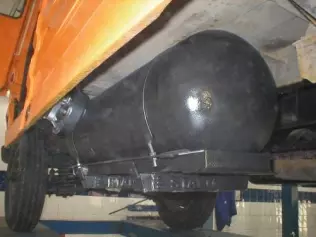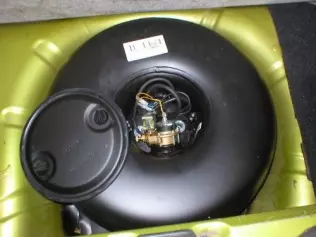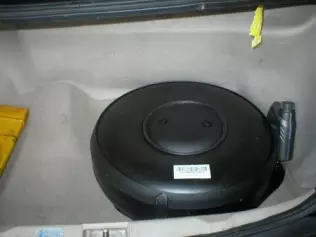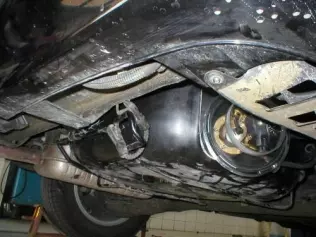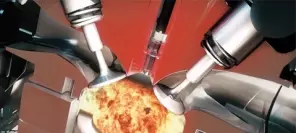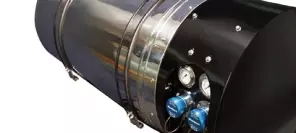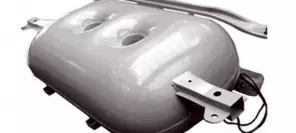- Main page
- Search
- Up to date
- Products
- Technology
- Vehicles
- Video
- Conversion Payback Simulator
Port Injection - Conversion Payback Simulator
Direct Injection - Conversion Payback Simulator
Diesel - Newsletter
Choosing the tank
 loading results...
loading results...However, longitudinal cylindrical tanks tend to disturb vehicles' balance (one side becomes heavier than the other) and contribute (in a negative way) to drivability and suspension wear. Cylindrical tanks may also be placed underneath the chassis if there is sufficient space there.pozwala.
Cylindrical tanks are best suited for saloon (notchback) cars (like the Volkswagen Passat or Mercedes E-Class), which have deep and spacious boots, normally difficult to use in full. Mounting a tank across the boot in a saloon car means using the available space well, without visible loss of functionality. Additionally, the spare wheel and its accessories remain intact in their original location. Last but not least comes the fact that a full tank tips the scales at approx. 50 kg, so placing it across the car, directly above the rear axle, may actually enhance the vehicle's balance.
Toroidal tanks
Toroidal (wheel-shaped) tanks are the most popular type today. Placing such a tank in the spare wheel well means retaining full functionality of the trunk, also once the backrest is folded. There are also cars with spare wheels stored beneath the chassis.
This is no obstacle in terms of using a toroidal tank, as long as there is sufficient space and distance from the vehicle's suspension, exhaust and the road. Due to extreme condition of use, underbody tanks are protected with special covers, typically made of plastic or glass fibre.
Since toroidal tanks offer relatively low capacity (closely related to the size of the spare wheel they replace), cruising range on LPG is also lower than on petrol. Large cars, equipped with petrol tanks as large as 80 l, offer poor autogas range given their fuel economy when equipped with 36- or 48-litre tanks and need frequent refueling.
However, range on autogas is hardly a problem today, since refueling network is well developed and – in case of emergency – petrol can be used on short distances.
And the spare wheel?
There are no perfect solutions. Mounting the tank in the spare wheel well leaves us with the wheel itself. If you feel insecure without it on board, probably the best way to deal with the matter is to put the wheel in a purpose-made cover with a handle and store it inside the trunk. Occasionally, when the trunk's full capacity is required, the wheel may be moved in its cover (e.g. behind the driver's seat).
Also, the cover will accommodate tools and accessories useful during wheel changing – a wheel nut spider and a pair of gloves. Alternatively, the wheel can be displaced entirely and replaced with a tyre saver kit. In consists of a liquid tyre sealant and 12V-operated air compressor for pumping repaired wheels. It only provides provisional help and might not always prove sufficient to save us on the road, but saves weight and space in the car. Furthermore, remember that tyre repair shop guys do not exactly love working on tyres saved with these greasy, sticky liquids.
No matter what kind of tank you ultimately go for, keep in mind that your car's load capacity will drop by approximately 50 kg.
